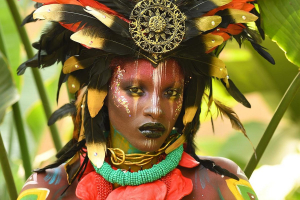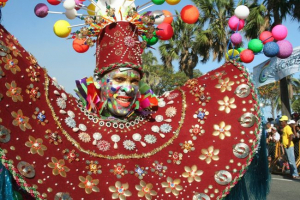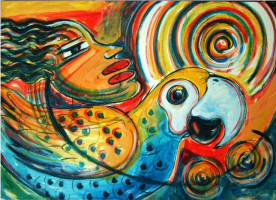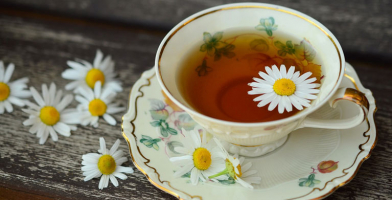Top 7 Chinese Culture, Customs and Etiquette
China, which is known as the nation of propriety and righteousness, upholds its traditions in all spheres, including traveling, sitting and lying down, ... read more...banquets, weddings, funerals, birthday parties, sacrifice-offering, and undertaking expeditions. The traditions incorporate spiritual decorum during significant occasions. Etiquette and manners are closely related to one another since the former forms the heart of the latter and the later makes the former evident. Here are some examples of standard etiquette in daily life.
-
Since China is one of the oldest living civilizations on Earth, its culture has evolved through millennia, and if you visit, you may find that it differs somewhat from your own. What is socially acceptable in the West may be frowned upon in China, and the opposite is also true! So it seems sense that someone visiting China for the first time could feel a little overwhelmed.
Walking etiquette is something that everyone should be aware of. People of lower social classes are expected to kneel when passing by those of higher social standing as a sign of respect since ancient times. According to the rule of walking etiquette, no one should cross a street in the middle without first crossing both sides, and no one should stand in the middle of a door. This not only conveys respect but also makes room for others. You should walk in a clockwise direction when touring a temple or monastery.

https://www.internationaltraveller.com/ 
http://www.tinggly.com -
When meeting new people, people are courteous and offer hospitality. When meeting with individuals of diverse identities, there are several rules. For instance, the fist-and-palm salute is frequently employed in everyday greets since it is the most traditional protocol for introductions. (The fist-and-palm salutation is performed by first standing and displaying civility by cupping one hand in the other before the chest.)
If people are visiting another, the host and guest should ask each other to have a seat first by bowing with their hands clasped, raising and lowering their hands repeatedly, as well as lowering their heads and slightly stooping forward.
Other than on these occasions, people bow with their hands folded to express gratitude, congrats, apologize, or request help. Additionally, it occurs when members of a higher class reciprocate a gesture made by a member of a lower class. It is customary to kneel down with your hands and head touching the ground when you are addressing someone who is highly revered in the community.
Today, however, this can only be found if a person travels to a distant area around New Year's. People are accustomed to shaking hands, which is a type of etiquette used to introduce oneself that was imported from western countries.

http://www.swiftpassportservices.com/ 
https://www.thoughtco.com -
There is a set protocol for seating that differs for people from different social classes. The highest class is seated in the most prestigious seats, while the lowest class is seated farther back. There are guidelines that specify where a person sits based on the class they are assigned to.
If you were to choose the wrong seat, it would be rude and would disappoint the host. Ask the host if you are unsure of where to seat. East-facing seats inside are respectable, but west-facing ones are not. The younger generation is frequently seated in the northward-facing seats, known as south seats, whereas seniors are frequently seated in the southward-facing chairs, known as north seats.
It's crucial to keep the body near to the table while eating. On the other hand, you must leave the table once you finish eating. The individuals seated around the table should rise right away to bow respectfully to those present.
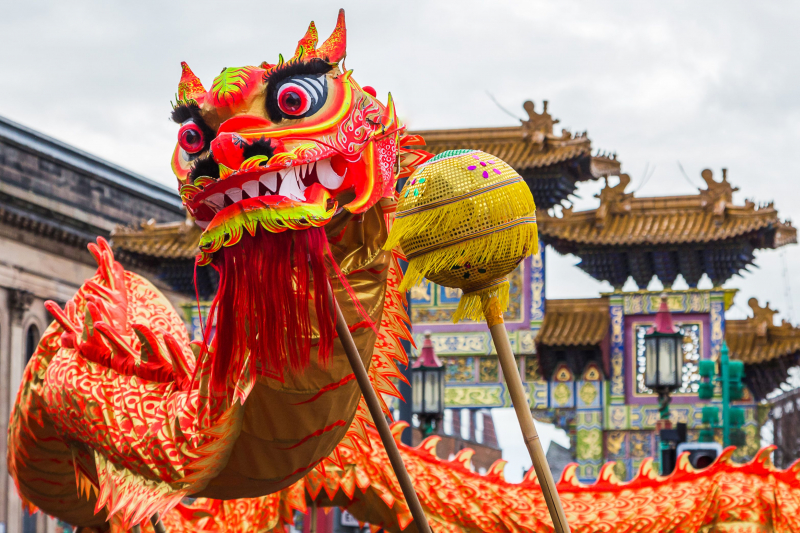
https://www.tripsavvy.com/ 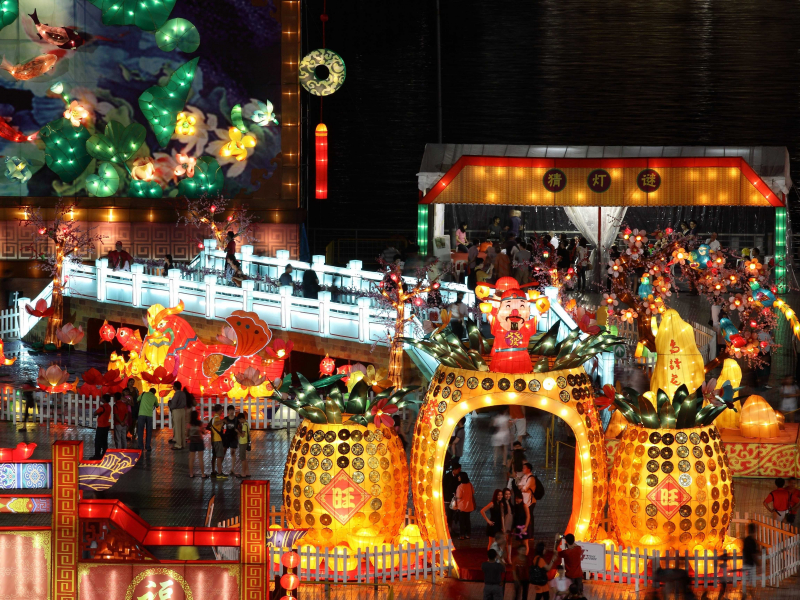
https://www.businessinsider.com.au/ -
In Chinese culture, proper dining manners are extremely important. A sumptuous meal was served as entertainment for guests during the Qing Dynasty, and when people ate and drank together, the descendants were expected to behave politely. People will host a supper to welcome guests when they arrive and a farewell dinner when they depart.
In Chinese culture, it is customary to serve alcohol to guests as they arrive and go. "No booze, no protocol," says an adage. When toasting at a banquet, proper protocol is also required. For instance, the rule that states, "drinking with others, never drink first," applies: the guest should wait until the host proposes a toast and instructs them to drink.
The guest may toast the host if they wish to thank him or her for their hospitality. It is also considered courteous to hold off on eating until the host takes a bite during a meal. The adage "eating with others, never to taste first" is used to describe this. There are a number of dining conventions, such as "never sigh at the table," "never use your hands during a meal," "never throw bones to the dog," and others. For a happy eating experience, the host and guest should respect one another.
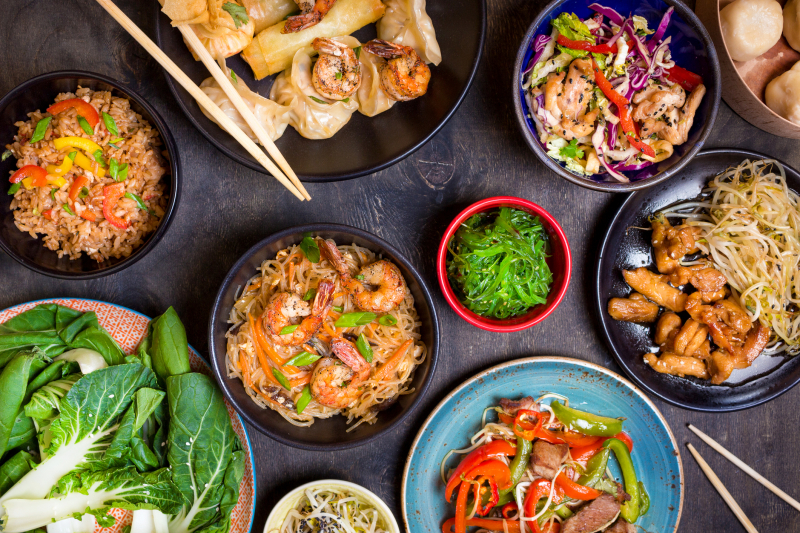
https://www.newsweek.com/ 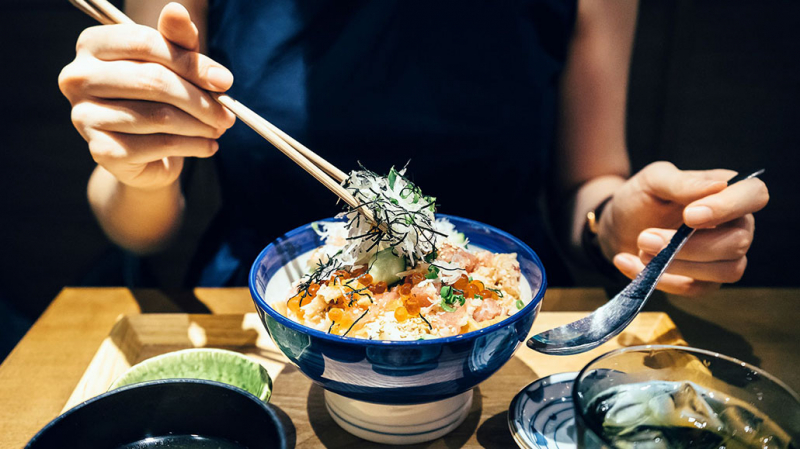
https://duongsrestaurant.com -
China has long been seen as a civilization of interpersonal relationships, where numerous rituals and laws have been established and people look out for one another. Festival and celebration etiquette is crucial, especially at these times. When people worship or express their gratitude, they should be respectful and bend over while saying "Congratulations!" They should also provide a gift as a token of their appreciation.
People will experience several stages of life, such as birth, adulthood, marriage, birthday celebrations, and death, among others. People in China have had a consistent manner of acting at many life events throughout history.
- At a feast honoring a newborn baby's first month, family and friends come to congratulate and present the baby healthy food, clothing, and shoes. A coming-of-age ceremony occurs when the child matures; in ancient China, the term "capping and hairpin ceremony" referred to the man receiving a capping ceremony and a new name at the age of 20. This ritual demonstrated their readiness to wed and interact with society. The female is also given a hair-pinning ritual at the age of 15, which represents the age of marriage.
- At the age of 18, schools will hold a communal adult oath-taking ceremony that emphasizes adult consciousness as part of the modern coming-of-age celebration. The wedding is an important occasion in one's life, hence society values it. There are six steps in the wedding that are referred to as "the six rituals of the Duke Zhou." First, the bridegroom proposes with betrothal presents, then he asks the girl's name, then he consults a fortune teller, then he sends wedding gifts to the bride's family, then he asks her to choose the wedding date, and finally he goes to the bride's house to accompany her to the ceremony. The six rites were reduced to three in the Song Dynasty, which are the first, fourth, and final steps. The bride will make a special offering to Heaven and Earth as well as to their parents at the wedding ceremony, which takes place when the bridegroom visits her house and escorts her there. After the wedding, they will continue the tradition of toiling up a hairpiece cut from the bride and the bridegroom and sipping "cross-cupped wine" in the bridal chamber. The host will organize a sizable meal on the wedding day as the guests arrive to congratulate the newlyweds.
- After turning 40, an elderly person receives a birthday celebration. People will celebrate their birthdays on that day, and friends and family will visit to offer gifts of congratulations. Everyone will have a funeral ceremony, which is the final ceremony of their life. Chinese culture places a high value on dying, thus funeral etiquette is crucial. When someone passes away from a natural cause, it is considered lucky, and people show their sorrow and condolences by bringing an elegiac couplet, a long elegiac scroll, and financial gifts. Within three to five days, the deceased are placed in a casket and buried. The protocol observed during celebrations and funerals represents the spirit of cooperation and social cohesion.
- The fundamentals of etiquette are to love others, be modest, and respect other people. People can only be regarded by others if they maintain a low profile and treat others with respect. Society will be more harmonious if those of higher class lower themselves to associate with those of lower class. The adage "to be excellent, to be modest" is quite widespread. Being respectful of one another is different from being polite or giving a formal salute. Otherwise, the manners are impertinent and inconsistent with the accepted standards of decency. In today's society, good moral character is encouraged along with the etiquette conventions of respect and modesty.
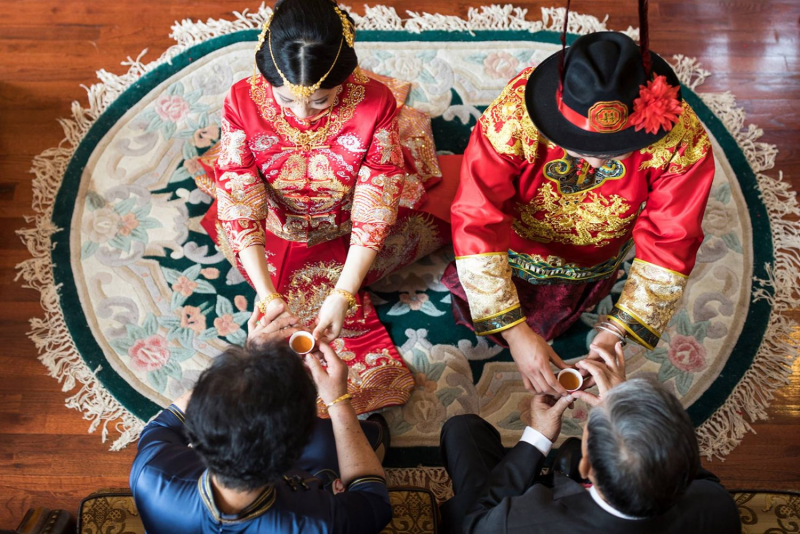
https://www.sashachouphotography.com/ 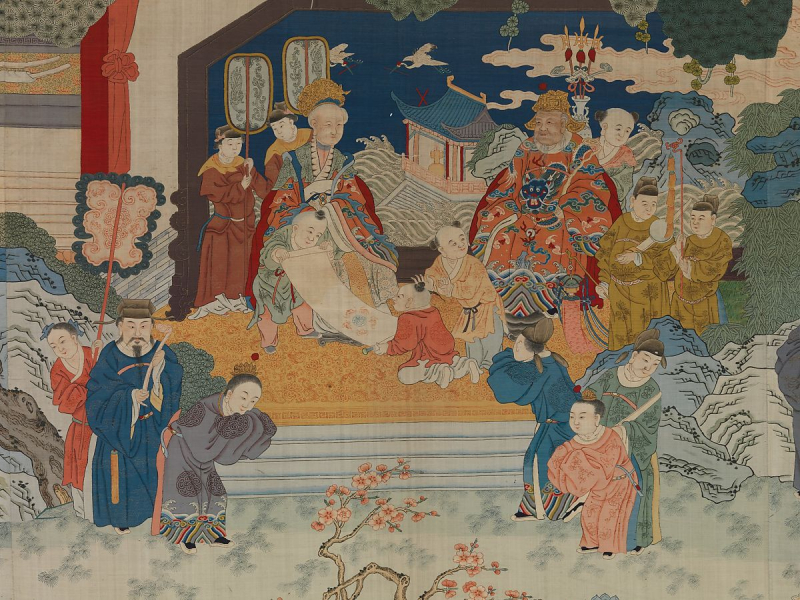
https://www.metmuseum.org/ -
The fist-and-palm salute, also known as "zuoyi" in Chinese, is not only used as a sign of respect and aplomb but also as a greeting in that country. The fist-and-palm salute has a more than three thousand-year history and dates back to the Western Dynasty (11th century – 771 BC) as a greeting and association. Ancient Chinese people would salute one another as a matter of formality and modesty.
As opposed to the physical intimacy that Westerners use to express respect for others, Chinese people prefer to maintain a respectful distance. This kind of distance is appropriate for modern hygiene as well as being a demonstration of beauty. The fist-and-palm salutation is regarded by many specialists who research this custom as the welcome that best captures the spirit of China.
If you are a foreigner, you will be moved by the sincerity of this welcome and may choose to return it to the sender out of respect.
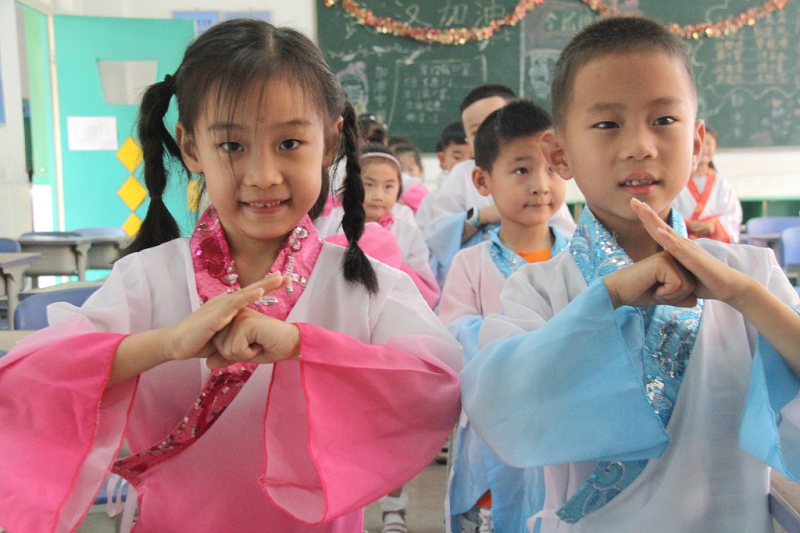
http://www.china.org.cn/ 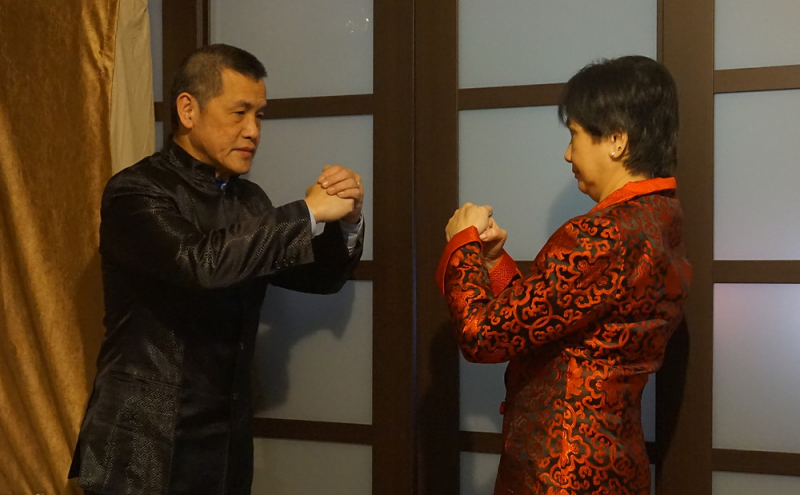
https://www.thefiveancestorsfist.com/ -
A significant Chinese custom is serving tea to visitors. Emperor of the Southern Dynasties Qi Shi Zhu, Lu Na, and others promoted using tea instead of wine. Tang Zhenliang, who developed the "ten virtues of tea" during the Tang Dynasty, claimed that drinking tea could not only help one stay well but also "express one's regard for others," "sublime one's personality," and "cultivate one's conducts." Many academics enjoyed drinking tea during the Tang and Song dynasties, and they frequently wrote about it in their works.
The fundamental rule of serving tea is to provide each visitor a hot cup of tea as soon as they enter the house. Prior to serving the tea, you must also inquire about the guest's preferences. According to an old saying, "wine should be served full while tea is offered half." People need to be careful to not fill the cup with eight points as directed. To avoid scorching, tea is often served at a low temperature. The tea matches the tea tray and has a uniform color. The person is holding the tea tray with their left hand on the bottom and their right hand on the edge.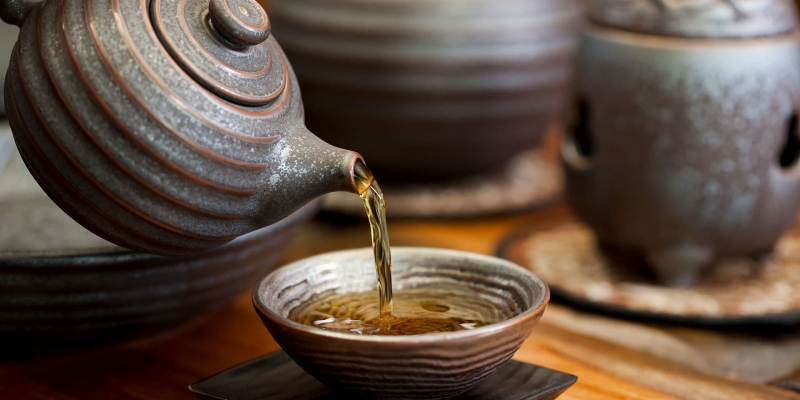
https://traveler.marriott.com 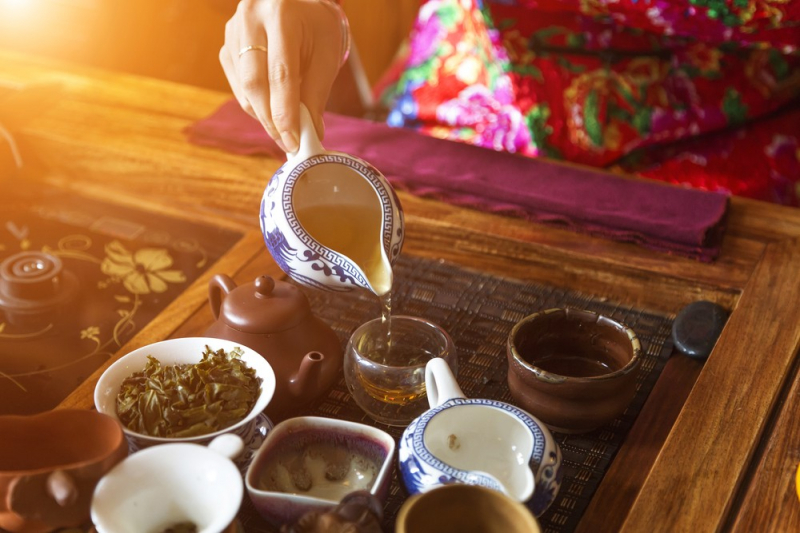
https://www.thejakartapost.com/












